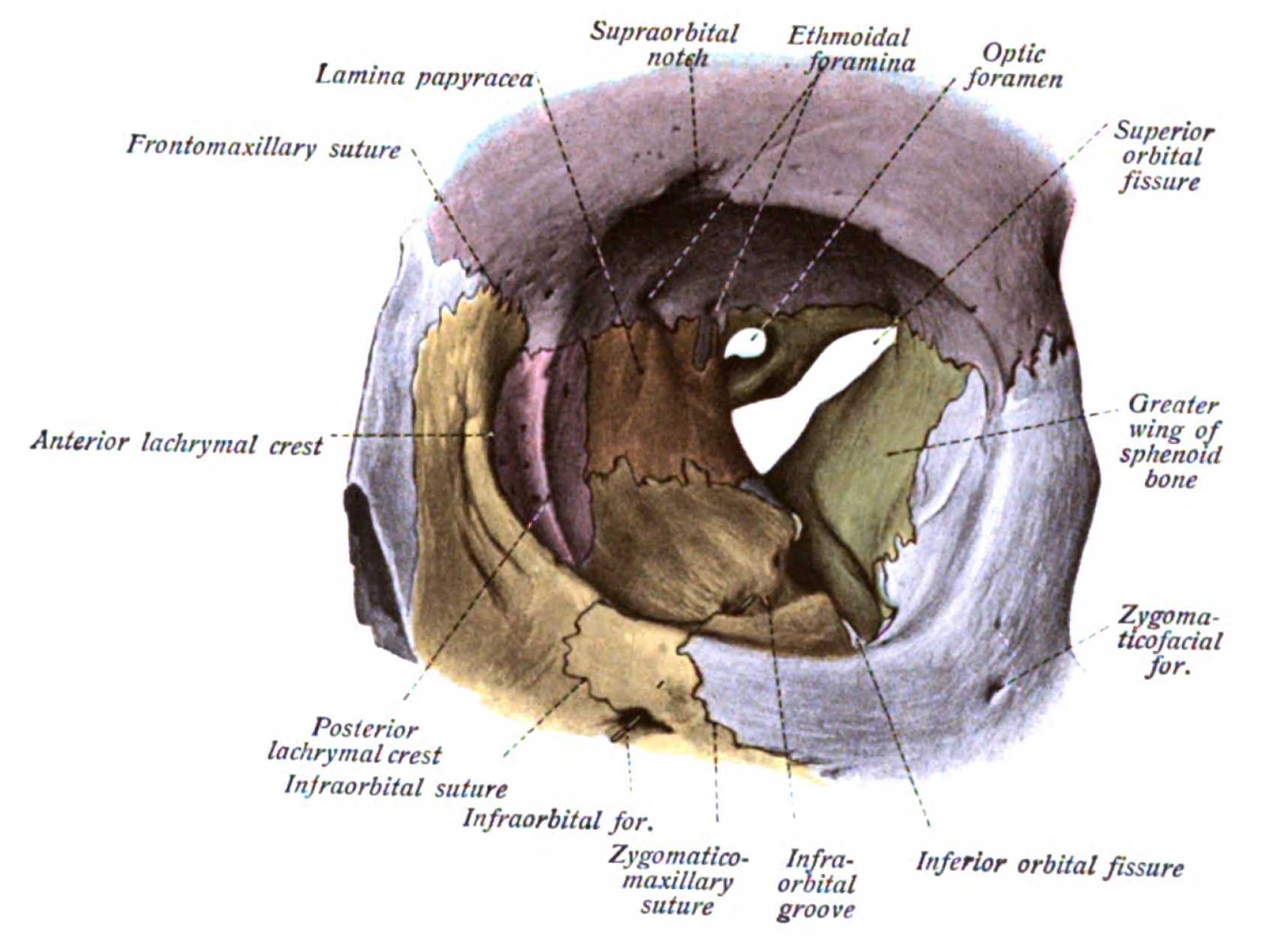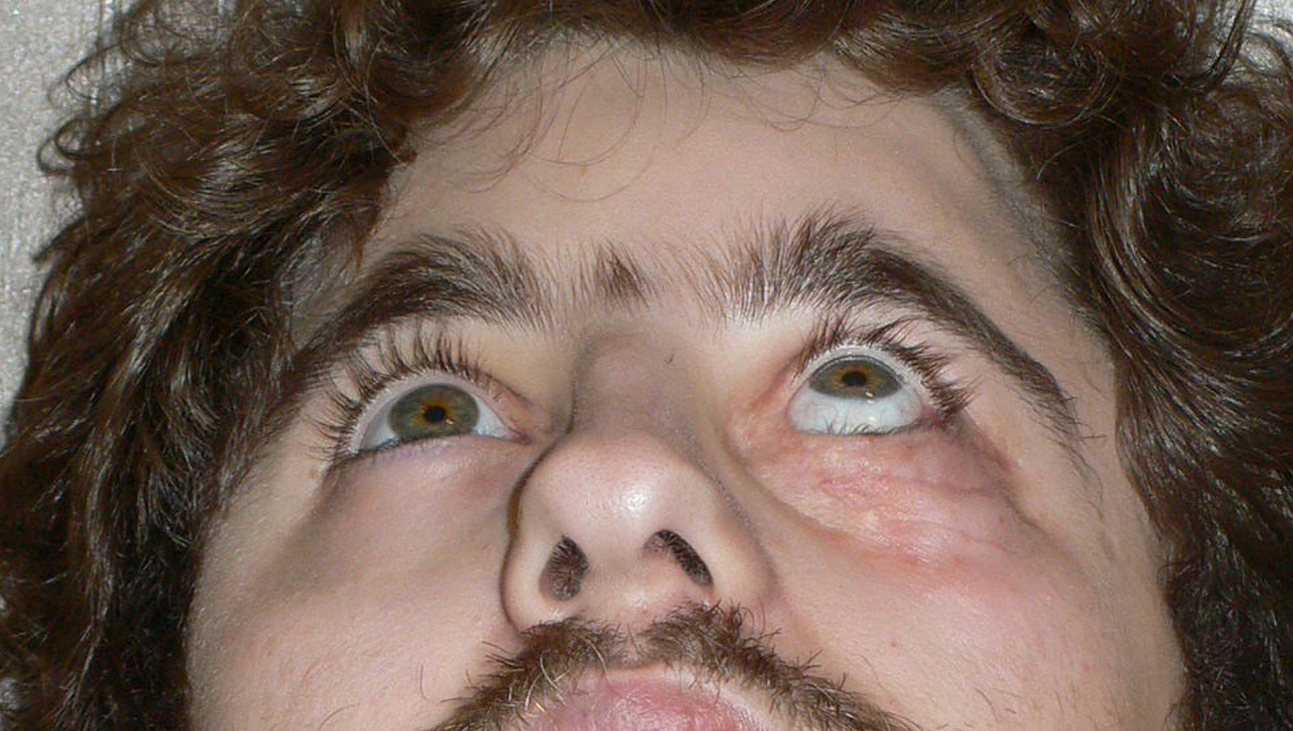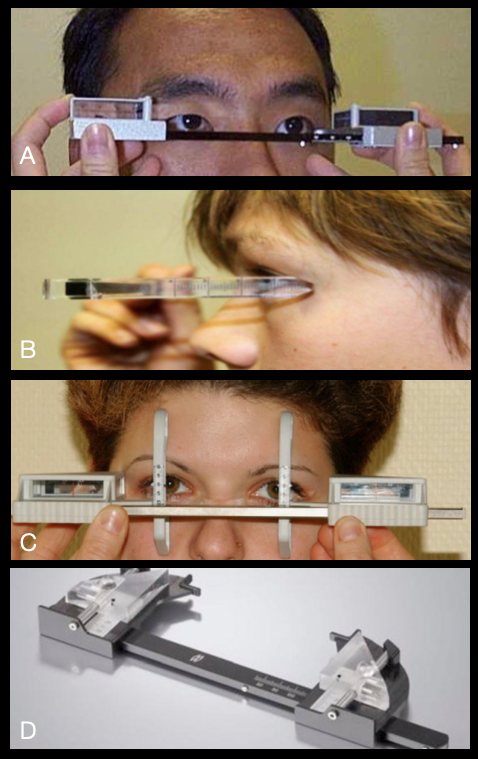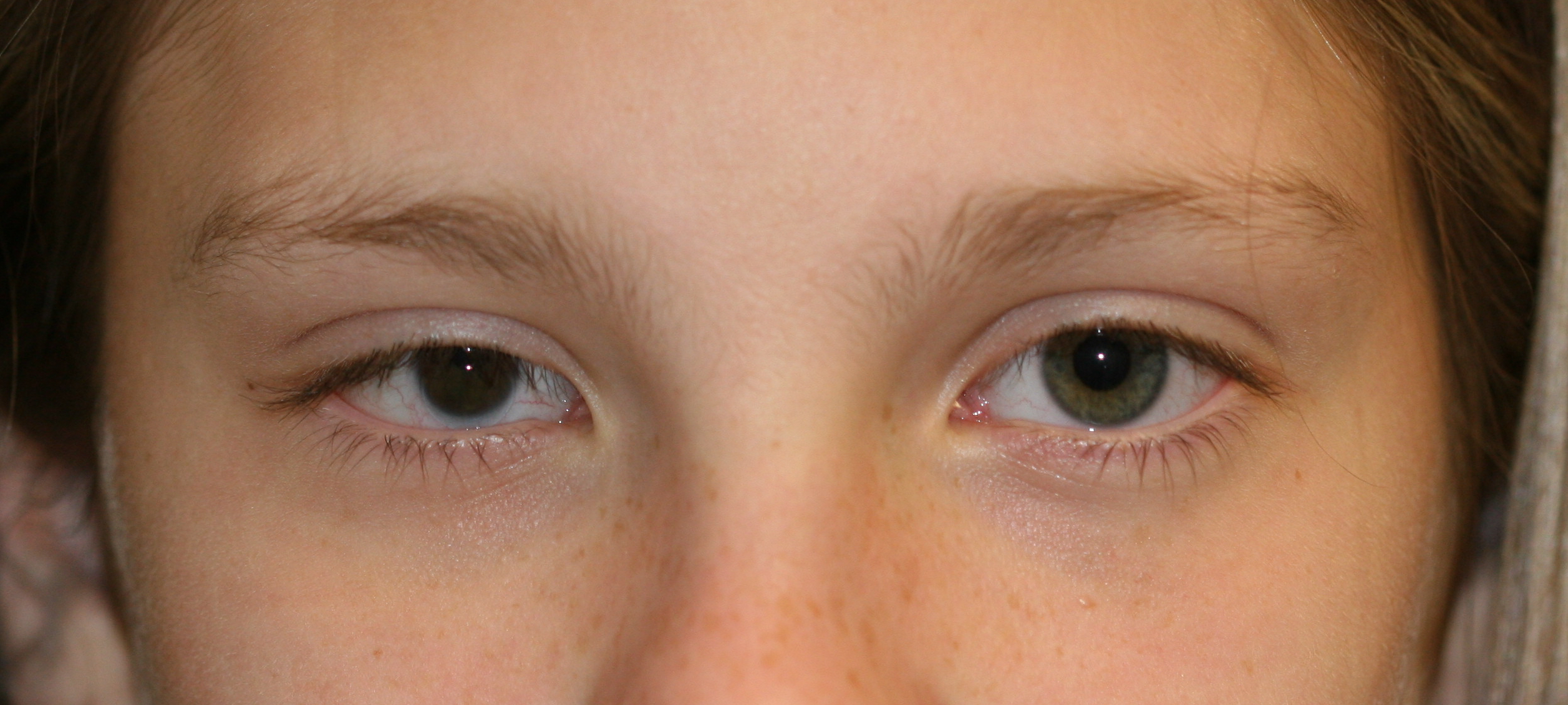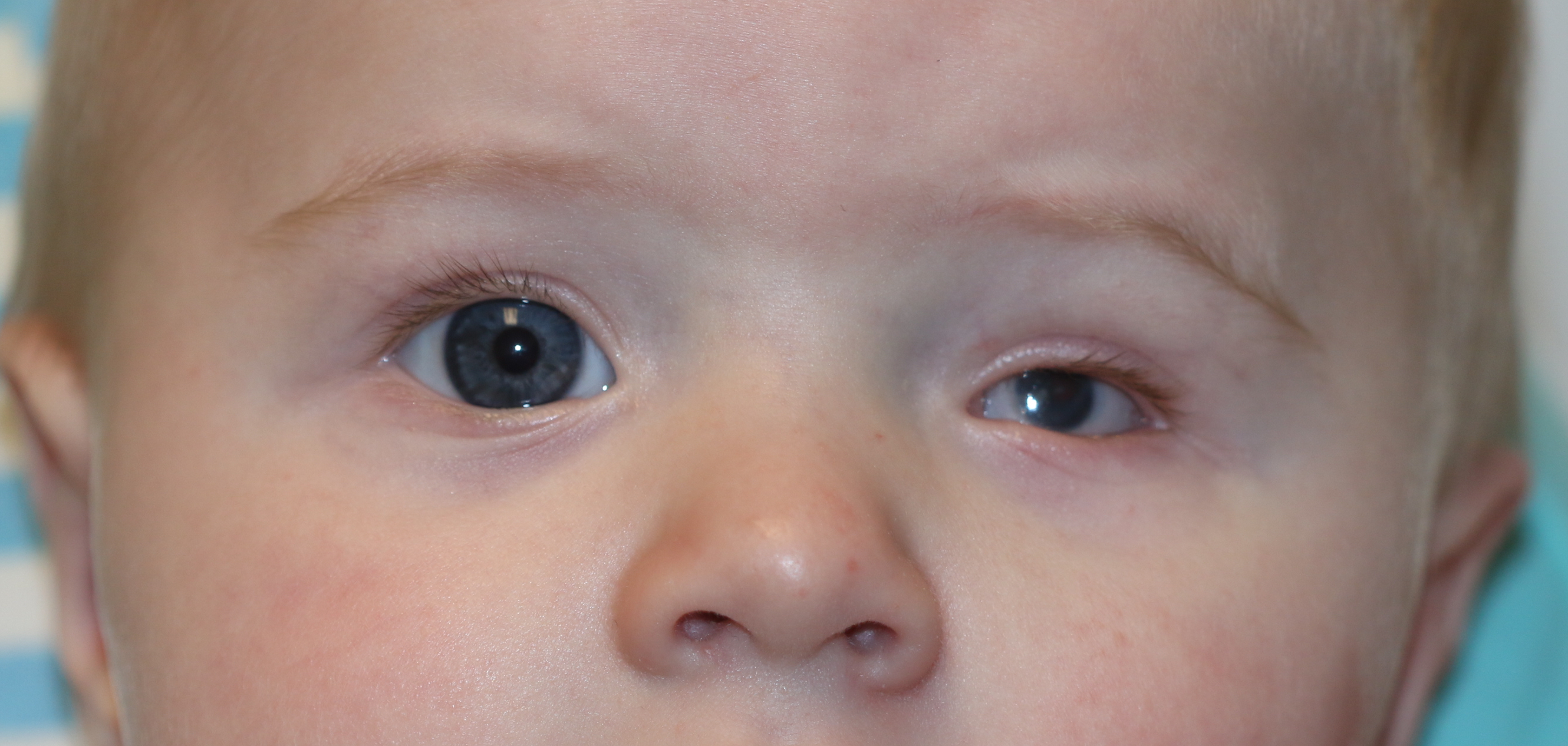[1]
Patel BC, In Praise of Precision: Esoglobus and Exoglobus. Ophthalmic plastic and reconstructive surgery. 2017 Jan/Feb
[PubMed PMID: 27811634]
[2]
Erkoç MF,Öztoprak B,Gümüş C,Okur A, Exploration of orbital and orbital soft-tissue volume changes with gender and body parameters using magnetic resonance imaging. Experimental and therapeutic medicine. 2015 May;
[PubMed PMID: 26136927]
[3]
Ahmad Nasir S,Ramli R,Abd Jabar N, Predictors of enophthalmos among adult patients with pure orbital blowout fractures. PloS one. 2018;
[PubMed PMID: 30289909]
[5]
Arikan OK,Onaran Z,Muluk NB,Yilmazbaş P,Yazici I, Enophthalmos due to atelectasis of the maxillary sinus: silent sinus syndrome. The Journal of craniofacial surgery. 2009 Nov;
[PubMed PMID: 19884840]
[6]
Rapidis AD,Liarikos S,Ntountas J,Patel BC, The silent sinus syndrome: report of 2 cases. Journal of oral and maxillofacial surgery : official journal of the American Association of Oral and Maxillofacial Surgeons. 2004 Aug
[PubMed PMID: 15278871]
Level 3 (low-level) evidence
[7]
Jacobs JM,Chou EL,Tagg NT, Rapid remodeling of the maxillary sinus in silent sinus syndrome. Orbit (Amsterdam, Netherlands). 2019 Apr;
[PubMed PMID: 29742007]
[9]
Ascher B,Coleman S,Alster T,Bauer U,Burgess C,Butterwick K,Donofrio L,Engelhard P,Goldman MP,Katz P,Vleggaar D, Full scope of effect of facial lipoatrophy: a framework of disease understanding. Dermatologic surgery : official publication for American Society for Dermatologic Surgery [et al.]. 2006 Aug;
[PubMed PMID: 16918569]
Level 3 (low-level) evidence
[10]
Rose GE, The giant fornix syndrome: an unrecognized cause of chronic, relapsing, grossly purulent conjunctivitis. Ophthalmology. 2004 Aug;
[PubMed PMID: 15288985]
[11]
Liang L,Sheha H,Fu Y,Liu J,Tseng SC, Ocular surface morbidity in eyes with senile sunken upper eyelids. Ophthalmology. 2011 Dec;
[PubMed PMID: 21872934]
[12]
Bucher F,Fricke J,Neugebauer A,Cursiefen C,Heindl LM, Ophthalmological manifestations of Parry-Romberg syndrome. Survey of ophthalmology. 2016 Nov - Dec;
[PubMed PMID: 27045226]
Level 3 (low-level) evidence
[14]
Bielsa Marsol I, Update on the classification and treatment of localized scleroderma. Actas dermo-sifiliograficas. 2013 Oct;
[PubMed PMID: 23948159]
[15]
George R,George A,Kumar TS, Update on Management of Morphea (Localized Scleroderma) in Children. Indian dermatology online journal. 2020 Mar-Apr;
[PubMed PMID: 32477969]
[16]
Kapoor AG,Kumar SV,Bhagyalakshmi N, Localized scleroderma causing enophthalmos: A rare entity. Indian journal of ophthalmology. 2018 Nov;
[PubMed PMID: 30355873]
[17]
Hock LE,Kontzialis M,Szewka AJ, Linear scleroderma en coup de sabre presenting with positional diplopia and enophthalmos. Neurology. 2016 Oct 18;
[PubMed PMID: 27754909]
[18]
Khatri S,Torok KS,Mirizio E,Liu C,Astakhova K, Autoantibodies in Morphea: An Update. Frontiers in immunology. 2019;
[PubMed PMID: 31354701]
[19]
Kelsey CE,Torok KS, The Localized Scleroderma Cutaneous Assessment Tool: responsiveness to change in a pediatric clinical population. Journal of the American Academy of Dermatology. 2013 Aug;
[PubMed PMID: 23562760]
[20]
Careta MF,Romiti R, Localized scleroderma: clinical spectrum and therapeutic update. Anais brasileiros de dermatologia. 2015 Jan-Feb;
[PubMed PMID: 25672301]
[21]
Koornneef L, Eyelid and orbital fascial attachments and their clinical significance. Eye (London, England). 1988
[PubMed PMID: 3197870]
[22]
Novitskaya E,Rene C, Enophthalmos as a sign of metastatic breast carcinoma. CMAJ : Canadian Medical Association journal = journal de l'Association medicale canadienne. 2013 Sep 17;
[PubMed PMID: 23460637]
[23]
Shields JA,Shields CL,Brotman HK,Carvalho C,Perez N,Eagle RC Jr, Cancer metastatic to the orbit: the 2000 Robert M. Curts Lecture. Ophthalmic plastic and reconstructive surgery. 2001 Sep;
[PubMed PMID: 11642491]
[24]
Ahmad SM,Esmaeli B, Metastatic tumors of the orbit and ocular adnexa. Current opinion in ophthalmology. 2007 Sep;
[PubMed PMID: 17700235]
Level 3 (low-level) evidence
[25]
Orr CK,Cochran E,Shinder R, Metastatic Scirrhous Breast Carcinoma to Orbit Causing Enophthalmos. Ophthalmology. 2016 Jul;
[PubMed PMID: 27342331]
[26]
Homer N,Jakobiec FA,Stagner A,Cunnane ME,Freitag SK,Fay A,Yoon MK, Periocular breast carcinoma metastases: correlation of clinical, radiologic and histopathologic features. Clinical
[PubMed PMID: 28181367]
[27]
Allen RC, Orbital Metastases: When to Suspect? When to biopsy? Middle East African journal of ophthalmology. 2018 Apr-Jun;
[PubMed PMID: 30122850]
[28]
Hamedani M,Pournaras JA,Goldblum D, Diagnosis and management of enophthalmos. Survey of ophthalmology. 2007 Sep-Oct;
[PubMed PMID: 17719369]
Level 3 (low-level) evidence
[30]
Bite U,Jackson IT,Forbes GS,Gehring DG, Orbital volume measurements in enophthalmos using three-dimensional CT imaging. Plastic and reconstructive surgery. 1985 Apr;
[PubMed PMID: 3838589]
[31]
Delmas J,Loustau JM,Martin S,Bourmault L,Adenis JP,Robert PY, Comparative study of 3 exophthalmometers and computed tomographic biometry. European journal of ophthalmology. 2018 Mar;
[PubMed PMID: 29108394]
Level 2 (mid-level) evidence
[32]
Jeon HB,Kang DH,Oh SA,Gu JH, Comparative Study of Naugle and Hertel Exophthalmometry in Orbitozygomatic Fracture. The Journal of craniofacial surgery. 2016 Jan;
[PubMed PMID: 26674913]
Level 2 (mid-level) evidence
[33]
Zhang Z,Zhang Y,He Y,An J,Zwahlen RA, Correlation between volume of herniated orbital contents and the amount of enophthalmos in orbital floor and wall fractures. Journal of oral and maxillofacial surgery : official journal of the American Association of Oral and Maxillofacial Surgeons. 2012 Jan;
[PubMed PMID: 21664740]
[34]
Afanasyeva DS,Gushchina MB,Gerasimov MY,Borzenok SA, Computed exophthalmometry is an accurate and reproducible method for the measuring of eyeballs' protrusion. Journal of cranio-maxillo-facial surgery : official publication of the European Association for Cranio-Maxillo-Facial Surgery. 2018 Mar;
[PubMed PMID: 29325888]
[35]
Boyette JR,Pemberton JD,Bonilla-Velez J, Management of orbital fractures: challenges and solutions. Clinical ophthalmology (Auckland, N.Z.). 2015;
[PubMed PMID: 26604678]
[36]
Nightingale CL,Shakib K, Analysis of contemporary tools for the measurement of enophthalmos: a PRISMA-driven systematic review. The British journal of oral
[PubMed PMID: 31431316]
Level 1 (high-level) evidence
[37]
Young SM,Kim YD,Kim SW,Jo HB,Lang SS,Cho K,Woo KI, Conservatively Treated Orbital Blowout Fractures: Spontaneous Radiologic Improvement. Ophthalmology. 2018 Jun;
[PubMed PMID: 29398084]
[39]
McRae M,Augustine HFM,Budning A,Antonyshyn O, Functional Outcomes of Late Posttraumatic Enophthalmos Correction. Plastic and reconstructive surgery. 2018 Aug;
[PubMed PMID: 30045183]
[40]
Thomas RD,Graham SM,Carter KD,Nerad JA, Management of the orbital floor in silent sinus syndrome. American journal of rhinology. 2003 Mar-Apr;
[PubMed PMID: 12751704]
[41]
Tripathy K,Chawla R,Temkar S,Sagar P,Kashyap S,Pushker N,Sharma YR, Phthisis Bulbi-a Clinicopathological Perspective. Seminars in ophthalmology. 2018;
[PubMed PMID: 29902388]
Level 3 (low-level) evidence
[43]
Kim YH,Ha JH,Kim TG,Lee JH, Posttraumatic enophthalmos: injuries and outcomes. The Journal of craniofacial surgery. 2012 Jul;
[PubMed PMID: 22777457]
[44]
Aryasit O,Preechawai P,Hirunpat C,Horatanaruang O,Singha P, Factors related to survival outcomes following orbital exenteration: a retrospective, comparative, case series. BMC ophthalmology. 2018 Jul 28;
[PubMed PMID: 30055580]
Level 2 (mid-level) evidence
[45]
Ugradar S,Lo C,Manoukian N,Putthirangsiwong B,Rootman D, The Degree of Posttraumatic Enophthalmos Detectable by Lay Observers. Facial plastic surgery : FPS. 2019 Jun;
[PubMed PMID: 31100769]
[46]
Kolk A,Pautke C,Schott V,Ventrella E,Wiener E,Ploder O,Horch HH,Neff A, Secondary post-traumatic enophthalmos: high-resolution magnetic resonance imaging compared with multislice computed tomography in postoperative orbital volume measurement. Journal of oral and maxillofacial surgery : official journal of the American Association of Oral and Maxillofacial Surgeons. 2007 Oct;
[PubMed PMID: 17884517]

